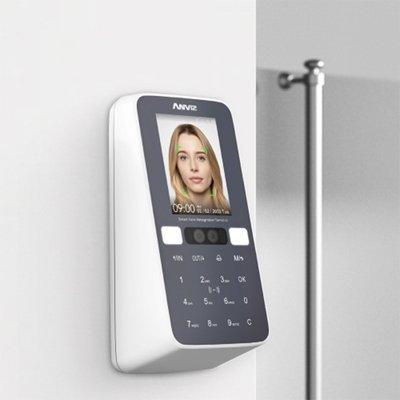 |
| Too often a valid assumption turns out to be the opposite in practical operation |
It’s easy to misinterpret product specifications of IP video transmission products to the detriment of system functionality. We have seen how this problem relates to port speed, power over Ethernet (PoE) and transmission media. Now let’s look at some additional aspects of product specifications – and how they can be misinterpreted.
Importance Of Temperature Rating
What about temperature? Most transmission product specifications will have an extended temperature rating, and it is a consideration for products installed in extreme environmental conditions. But how was that specification obtained? Is it based on actual product testing or is it taken by the rating of the individual components? The latter proves nothing. This is particularly important if the product in question requires a local power supply. Most extended distance products are compact. If local power sources are required, it will speed up internal component deterioration and shorten operating life.
Effect of Latency Or Cable Delay
Then there is the question of latency or cable delay. This factor can have an important effect on how you view your security camera. It is especially critical if your system includes PTZ, as the action of moving the joystick should closely follow the camera movement response. This is where how a cable extender achieves its function is important. Some manufacturers reconfigure transmitted packets at the control site and reestablish them at the camera site, similar to the process of encoding and decoding video. This is often noted when an extended system has a separate transmitter and receiver. This process not only requires a great deal of power but also injects a signal delay to the point, resulting in PTZ positioning problems.
Call the manufacturer to address areas that are unclear. Even ask the manufacturer to provide test results and descriptions of test methods. It’s less costly and time consuming than the alternative. |
Role of Bandwidth And PoE Transmission Over System Cost
Then there is the subject of multiple channel extended bandwidth and PoE transmission. From an installation standpoint, this can lead to substantial cost savings. However, once again looking beyond the stated specification is key. In most cases, we are dealing with four channels. The logic is simple and effective, providing the ability to transmit four IP cameras on single Ethernet (UTP) or coax cable. The specification states bandwidth is 100Mbps. Is the specification applied to each of the four channels or the system as a whole? If the latter, then each channel has a maximum bandwidth of only 25Mbps. Keep in mind that is IP packet transmission takes up to 50 percent or greater of this bandwidth with packet overheads reducing the usable per channel bandwidth to 12.5 Mbps, a level that can be important when attempting to transmit high-pixel-count cameras and high frame rates. The same applies to PoE. If a single power source is used, it also is divided by four.
Distinguishing Switches And Hubs
One of the most important specifications that is usually unaccounted for relates to switching. Anytime you consider transmitting more than one camera on a single path, you have the potential of camera transmissions conflicting with each other. If a product transmitting multiple cameras on a single path doesn’t include references to switching specifications, you can assume you are dealing with a hub. The differences between a hub and a switch can be illustrated by looking at a four-way intersection. The hub is an intersection with no traffic lights or stop signs; each cars proceeds across the intersection once they reach it. A switch has regulation in the form of either stop signs or traffic lights. In the case of a hub, a car (or in this case a transmission from a camera) will not make it across. Look for a claim of layering, which will clearly identify the product as a switch.
Review Product Specifications
When it comes to transmission specifications, what does compliance to specifications really mean? Does it mean operating under several different conditions that must all be true at the same time? Does it mean that only part of the system, such as the Ethernet port itself, is capable of handling a particular bandwidth or PoE power level? Dealing with transmission products, the answers are left to the reader – and too often a valid assumption turns out to be the opposite in practical operation. The result becomes system removal, numerous service calls, back and forth blaming various manufacturer component within the same system, and, worse, the loss of functionality on the part of the user and credibility on the part of the dealer. Better to take the time to review product specifications. Call the manufacturer to address areas that are unclear. Even ask the manufacturer to provide test results and descriptions of test methods. It’s less costly and time consuming than the alternative.








































